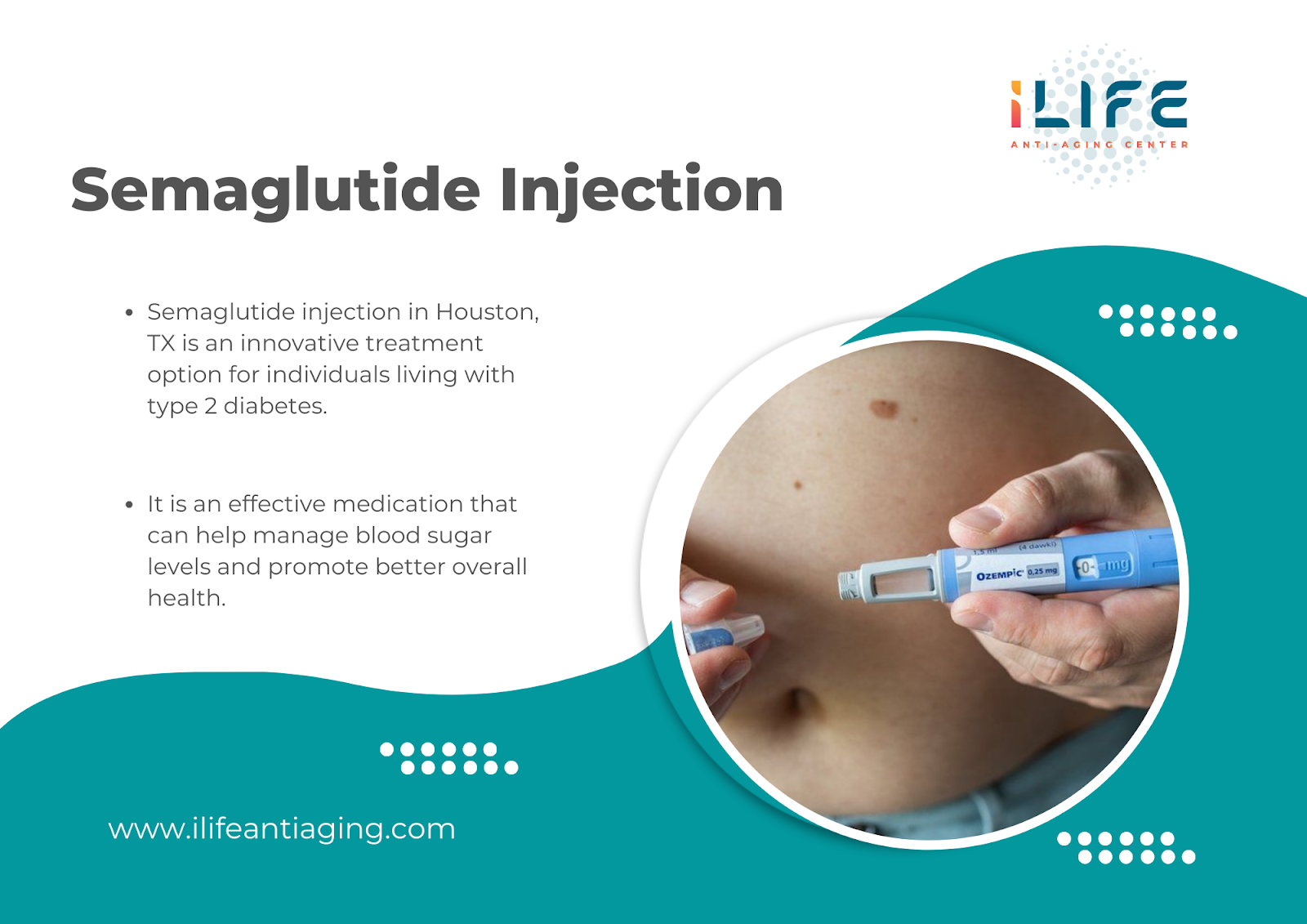Dental Sealants in Dallas and Duncanville, TX: Why Are They Important?
Dental Sealants in Dallas and Duncanville, TX

Dental sealants are coatings painted on the teeth, especially the back teeth chewing surfaces to prevent cavities. Cavities and decay are major concerns when it comes to dental care but one of the most effective ways to prevent these two is to get dental sealants.
Dental sealants are of great dental benefits as they protect the chewing surfaces of teeth from the entry of food particles and germs. They offer against cavities in individuals of different ages. We will be discussing all you need to know about dental sealants in Dallas and Duncanville, TX below.
What Are Dental Sealants?
Dental sealants are light coatings that are applied on the chewing surfaces of molar teeth to prevent decay. It offer maximum teeth protection against food particles and germs. Getting rid of food particles is especially difficult in the back teeth even with regular brushing and flossing, but with dental sealants, food particles are blocked from entering the nook and cranny of your teeth.
It functions by forming a protective layer over the enamel of the tooth to offer optimal tooth protection. It binds into the depression and groove of the teeth to prevent food particles from getting trapped. The material used in most dental sealants is a composite resin of the natural tooth color. Besides resin, sealants can also be made of glass ionomer, this type is usually used for for kids with baby teeth.
Who Can Benefit from Dental Sealants in Dallas, and Duncanville, TX?
Dental sealants are suitable for adults without tooth decay or cavities. Kids and teenagers are also ideal candidates because they have a high chance of developing decay in the depression and grooves of their molars and premolar teeth.
The effectiveness is influenced by age. Dental sealants prevent cavities maximally when applied immediately after the appearance of permanent teeth in the mouth. This is usually at the age of six years for the first molar and the second molar is about 12 years.
Dental health also affects the function of the sealants as tooth decay progress can’t be stopped when the dental sealant is applied to the tooth. The sealants can only prevent cavities in individuals that don’t have them previously.
Children are a primary target audience for tooth decay because they mostly ignore the problem areas of their dentition which is the molar region resulting in decay and cavities. But the thing is that when these children are protected on time they won’t have to worry about tooth decay and cavities for a long period. Dental sealants aren’t for individuals that already have a dental implant or restoration done.
How Are Dental Sealants Applied?
The application involves the painting of the sealant coating on the tooth enamel to bond to it and hardens with time. Dental professionals prepare teeth for sealants by cleaning the teeth thoroughly and drying them.
After drying the teeth an acid solution is applied to the chewing surface of the tooth. It’s this acid solution that helps the sealant bond to the enamel upon application. After the acid solution is put on the teeth, it’s also rinsed away and the teeth are dried before being coated with dental sealants.
The procedure doesn’t require too many materials and equipment. The material used in the application process includes resin composite, glass ionomer, and coating equipment.
Benefits of Dental Sealants

The primary benefit of dental sealants includes:
1. Offers maximum protection against plaque and food particles
Its protective function is its major benefit. With a dental sealant in place, you needn’t worry about cavities and decay.
2. A painless protective measure to improve oral health
Another thing is that their application is a pain-free procedure. It includes cleaning and coating the teeth, all of which don’t cause any form of pain or discomfort.
3. The protective function of dental sealants lasts long
They are also known to last for a long time. They can offer you up to 10 years of protection against decay and cavities.



Comments
Post a Comment